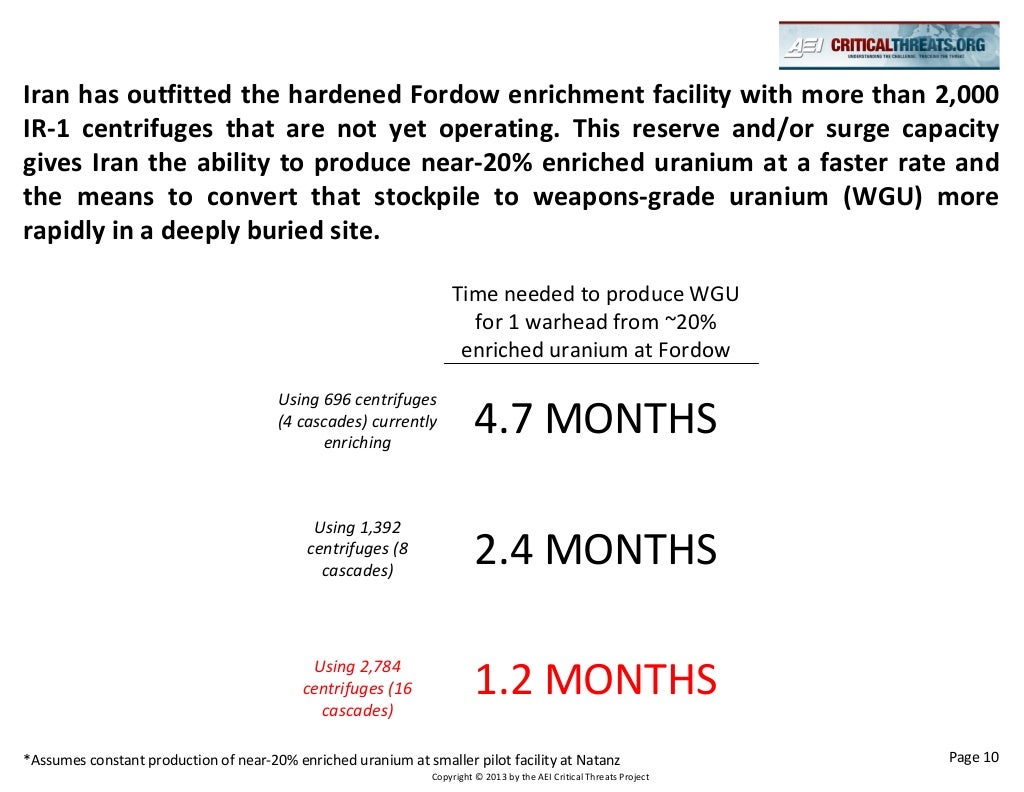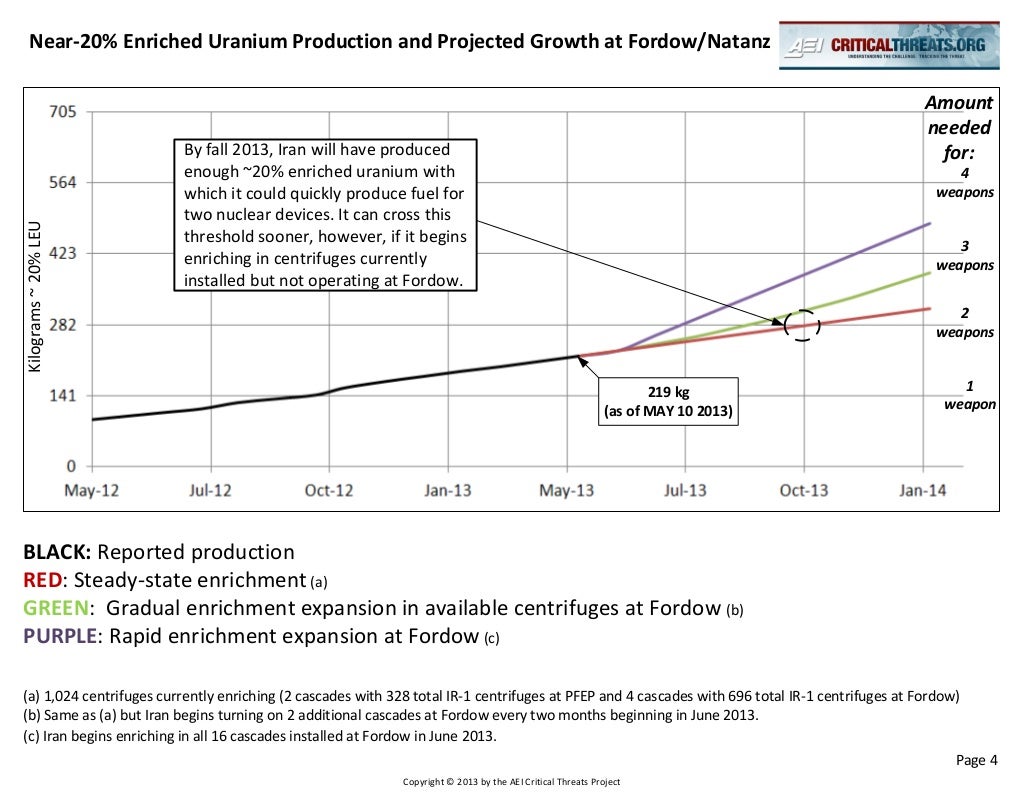Can You Even Keep or Afford Your Medicine Under Obamacare?
Dec. 9, 2013

This deal is getting worse all the time!
First some consumers found they couldn’t keep their existing health insurance plans. Then others learned they couldn’t keep their doctors. Now it’s possible that under Obamacare, some people won’t be able to keep their medications, or at least not afford them, under the complex formulary structure of the plans on the health exchanges and because of the rising costs.
“If you like your medicines, you may not be able to keep them under Obamacare,” health policy analyst Scott Gottlieb wrote in a Forbes column. “Health plans are cheapening their drug formularies – just like they cheapened their networks of doctors. That’s how their paying for the benefits that President Obama promised, everything from free contraception to a leveling of premiums between older (and typically costlier) beneficiaries, and younger consumers.”
The affordability of prescriptions could hinge on whether a consumer is enrolled in a platinum, gold, silver or bronze plan.
Under the Patient Protection and Affordable Care Act, those earning up to 250 percent of the poverty level will qualify for cost-sharing reductions on prescriptions. That applies to those earning less than $60,000 for a family of four and $30,000 for an individual. That’s only if they are enrolled in the silver plan on the exchange.
In some cases, to be covered at all, the drug will have to be included in the plan – similar to how doctors must be part of a network covered by insurance, he wrote.
“The out of pocket caps on consumer spending only apply to costs incurred on drugs that are included on a plan’s drug formulary,” Gottlieb wrote. “This is the

Health and Human Services Secretary Kathleen Sebelius addresses an audience at the Progressive Community Health Center in Milwaukee, Friday, Nov. 15, 2013. (AP/Milwaukee Journal Sentinel, Michael Sears)
list of medicines that the health plans have agreed to provide some coverage for.”
“If the drug isn’t on this formulary list, then the patient could be responsible for its full cost (with little or no co-insurance to help offset that cost),” he continued. “Moreover, the money they spend won’t count against their deductibles or out of pocket limits ($12,700 for a family, $6,350 for an individual).”
Gottlieb used the drug Copaxone for multiple sclerosis as an example, saying someone with a bronze plan would be responsible for paying 40 percent of the drugs out-of-pocket costs, or about $1,980 per month. Under the platinum plan, the out-of-pocket cost would be $792 per month.
If a drug isn’t covered, the Centers for Medicare and Medicaid Services have said there is an appeals process to seek the coverage.
“But this appeals process can take months. And there is no sure chance of winning,” Gottlieb said. “If a drug costs tens of thousands of dollars a year, how many patients will be able to foot that bill out of pocket until they win an appeal, or take the chance that they could lose the appeal, and be stuck with the full cost of the drug?”
A January 2012 study of 22 carriers in six states by Avalere Health found the number of available drugs per carrier ranged from 480 to 1,110. The study found that 90 percent of the lowest-cost bronze plans require patients to pay 40 percent out of pocket for the most expensive prescription “tiers.” Currently the average prescription co-pay is about 29 percent for insurance policies.















